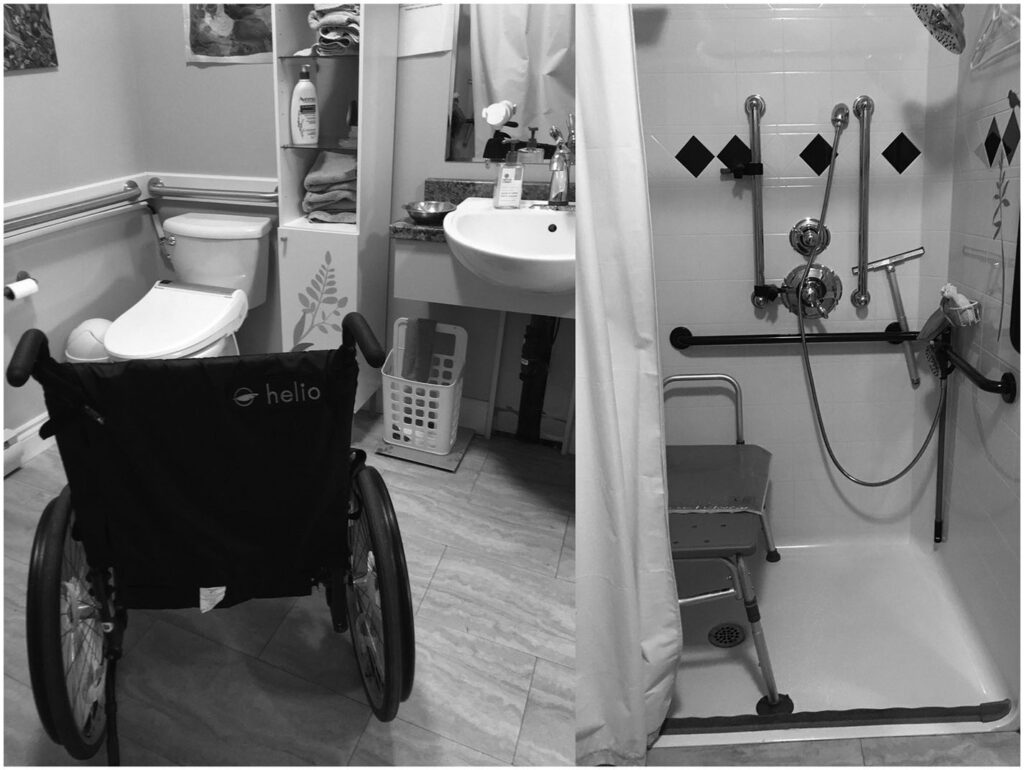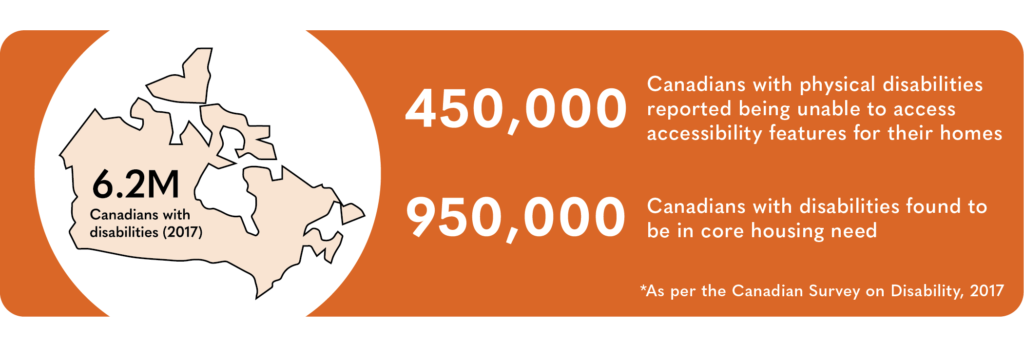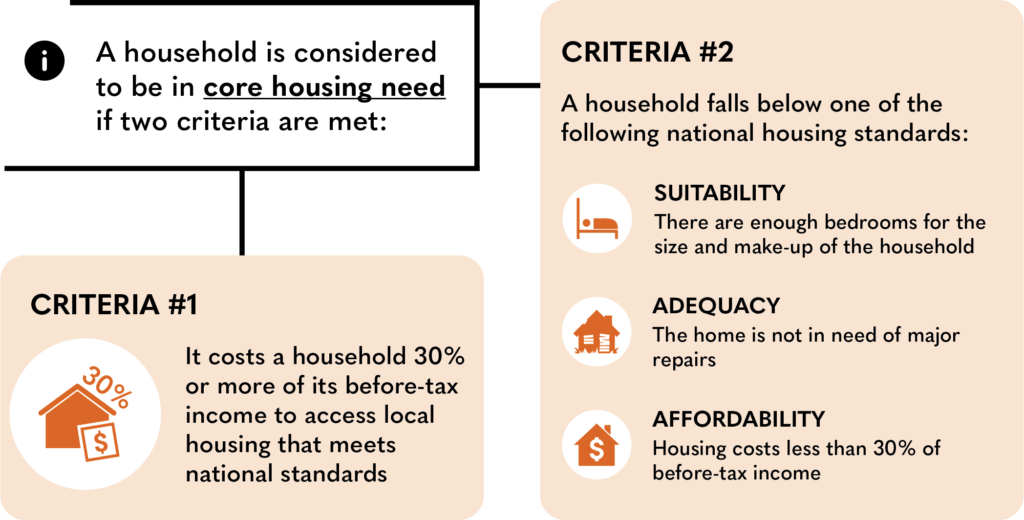A three-part series looking at accessible housing in Canada and Nova Scotia (1/3)
Today, Canadians are hard-pressed to enter a conversation about housing that doesn’t revolve around sky-rocketing home prices, the challenge of finding a reasonably-priced rental unit, or the latest homeless encampment that has materialized locally. Of course, solutions to these challenges are offered up; some argue that incentivizing private developers to build more homes will stimulate the supply side of the problem and bring housing prices down, while others claim that now is the time for governments to begin building and providing housing at a scale not seen since the mid-20th century. What can be agreed upon however, is that Canadians need access to subdivisions, apartments, and condos that are both affordable and better suited to meet their diverse housing requirements. As we aim to better meet the housing needs of current and future generations, there is one aspect of housing that cannot be overlooked: accessibility.
Accessible housing refers to housing that is built or modified to provide persons with disabilities with appropriate features and aids that facilitate movement and different uses within their homes. What makes a home accessible varies in different cases, often dependent on an individual’s circumstances and experience of disability. For instance, somebody with a physical disability may require wider doors, adjustable counters, and a main level bathroom, while somebody with a developmental disability may require sound-reducing features, the installation of dimmer switches, and/or the separation of high stimulation areas from quiet areas.

As researchers and academics have highlighted, accessible housing in Canada is currently in “critically short supply”, forcing many with disabilities to live in homes that limit their independence. The most recent Canadian Survey on Disability conducted in 2017 (data from the 2022 Survey is not yet available) estimated that over 6.2 million Canadians live with at least one disability. Of the 55.8% of Canadians with physical disabilities, 13% indicated that they were unable to obtain the accessibility features and aids that they needed in their homes. The lack of an appropriate level of accessible housing stock is becoming an increasingly urgent issue in Canada. This is especially important when considering the Country’s aging population, as it is well-documented that functional limitations (e.g., difficulty with mobility, vision, hearing, communication) are more prevalent among older adults – meaning the demand for accessible housing will continue to grow.

Today’s data shows that Canadians with disabilities are more likely to live in housing that is unaffordable, in need of major repairs, and/or be in core housing need when compared to Canadians who do not experience disability. These inequities are further amplified amongst Canadians with disabilities who rent, as they often face even greater difficulties when searching for rental housing that meets their needs. Literature suggests that discriminatory views can play a factor in denying renters with disabilities from accessing suitable housing, as landlords may be less willing to and/or may outright deny tenancy applications on the basis of an individual’s disability. This can leave disabled renters with few options, in some cases forcing them to pick from units that are unaffordable, in poor condition, or unfit to accommodate their personal circumstances. Modifying an existing home for accessibility can also be more burdensome for those with disabilities, as they tend to have lower-than-average incomes and less access to employment opportunities compared to the non-disabled population.

Improving housing outcomes for Canadians with disabilities in the present and ensuring that our aging population will have access to housing that meets its changing needs in the future are significant undertakings for our policymakers. To explore how the provision of accessible housing has been addressed at the federal level in recent years, the next blog in this series will take a closer look at how Canada’s 2017-launched National Housing Strategy has aimed to meet Canada’s need for accessible housing, as well as what progress has been made to date.
Further Reading
CMHC. (2018). Accessible Housing by Design. Canada Mortgage and Housing Corporation. https://www.cmhc-schl.gc.ca/professionals/industry-innovation-and-leadership/industry-expertise/accessible-adaptable-housing/accessible-housing-by-design
CMHC. (2019). Literature Reviews on Housing Needs: Developmental Disabilities, 2019. Canada Mortgage and Housing Corporation. https://eppdscrmssa01.blob.core.windows.net/cmhcprodcontainer/sf/project/archive/research_6/rr_69757.pdf
CMHC. (2019). Understanding Core Housing Need. Canada Mortgage and Housing Corporation. https://www.cmhc-schl.gc.ca/professionals/housing-markets-data-and-research/housing-research/core-housing-need
Vaughan, K., Terashima, M., Clark, K., & Deturbide, K. (2022). Exploring Stakeholder Perspectives on the UK’s Regulatory Tools for Accessible Housing: Lessons for Canada. Journal of Aging and Environment, 36(1), 90–111. https://doi.org/10.1080/26892618.2021.1877861

About the Author
John Gamey (MPlan) graduated from Dalhousie University’s Master of Planning program in May 2023. This blog series outlines some of the research he conducted in the area of accessible housing in Canada and Nova Scotia under the supervision of Dr. Mikiko Terashima.
